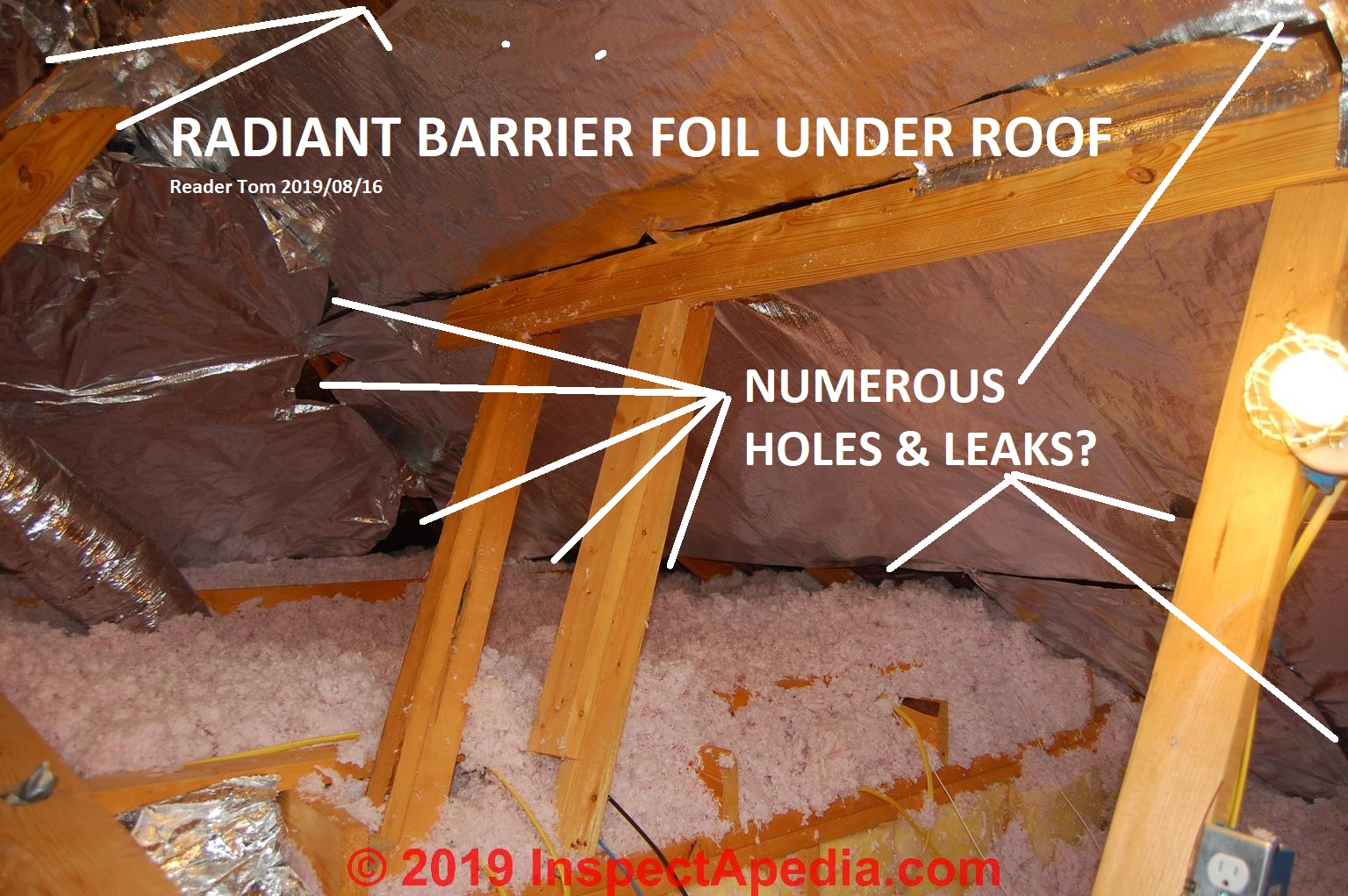By reducing the amount of radiant heat reaching the insulation in your attic the insulation remains cooler and is able to keep your home more comfortable.
Radiant barrier vs insulation on gable side of attic.
This is why you need both types of insulation.
The insulation sub recommended using closed cell foam and blown.
A radiant barrier can lower heat transfer from attics to the building below keep the attic space cooler and lower cooling costs by up to 17 in warmer climates.
Radiant barriers are utilized to reduce summer heat gain in attics and help to improve the efficiency of green building envelopes.
We take a look at how radiant barriers work the different types of radiant barriers and some of the.
Traditional attic insulation and radiant barrier work together and each do their part.
Type of radiant barrier application size of your house whether your home is a ranch style or a two story house amount of insulation in the attic effectiveness of attic ventilation color of the roof thermostat settings tightness of the building envelope actual weather conditions efficiency of the heating and.
Unlike fiberglass cellulose and other traditional thermal insulation radiant barrier isn t installed on the attic floor instead it s installed in the attic ceiling just below the roof.
When installing the radiant barrier do i still need to plug the vent holes closest to the fan.
The insructions for the fan say to cover the vents closest to the fan so the fan can pull the air fron the other side of the attic.
Radiant barrier installation attic radiant barrier installation most of the heat entering a home comes through the roof.
Here is an excellent video demonstration from youtube that clearly shows how a radiant barrier is intended to supplement your existing insulation.
A radiant barrier reduces the radiant heat transfer from the underside of the roof to the other surfaces in the attic.
So the ac was leaking into the attic and the insulation is awful energy bills were high to boot.
I was looking at getting insulation blown in as well as potentially adding an attic fan gable mounted and then i saw some articles online about radiant barriers.
A radiant barrier works best when it is perpendicular to the radiant energy striking it.
Radiant barrier is your first line of defense against radiant heat and traditional attic insulation fiberglass foam or cellulose is the second line of defense against conductive heat gain.
Also the greater the temperature difference between the sides of the radiant barrier material the greater the benefits a radiant barrier.
The roof design is a simple 8 12 pitch gable.










